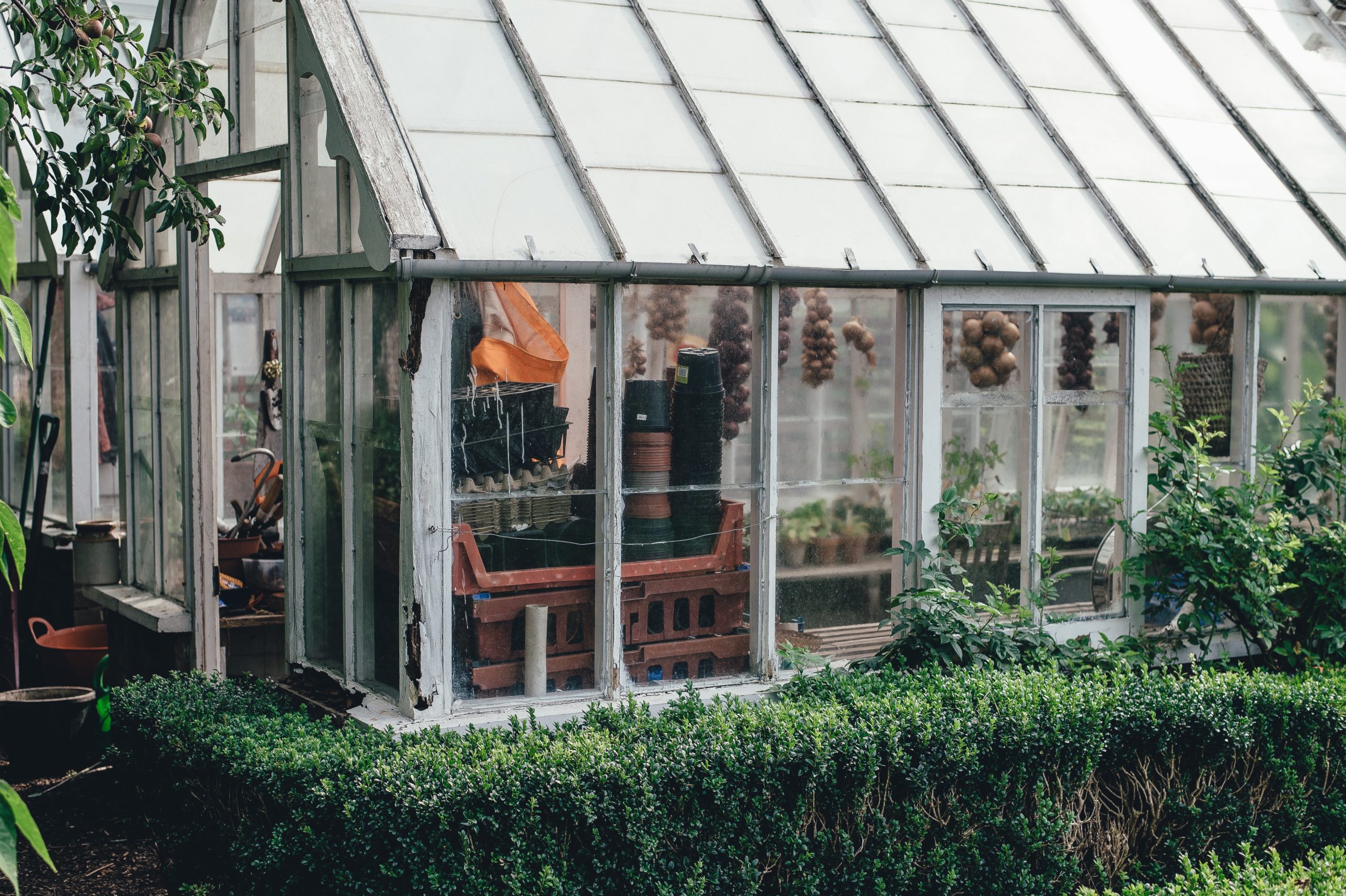
Having the correct greenhouse building materials is essential when choosing what type of greenhouse you need. More and more people are seeing the importance of growing their own food for sustainability. Plastic greenhouse material is an excellent product to use as it won’t break or crack from the elements. UV-resistant plastic greenhouse material protects from sun exposure. It will also help insulate and provide enough light for an extended growing season.
Polycarbonate for the Walls
Using durable greenhouse building materials is vital to a bountiful growing season. Polycarbonate plastic is unbreakable, it’s weather-resistant, and it’s as clear as glass. Polycarbonate panels allow light from the sun to get through while providing insulation. Polymershapes offers polycarbonate panels that will block 100% of UV rays. Polycarbonate is exceptionally durable, it won’t warp or become discoloured over time, and there’s no need to worry about the plastic shattering. Having polycarbonate walls for your greenhouse is a sure way to extend the growing season and provide a healthy harvest for you to enjoy.
Or Acrylic
Acrylic is a great alternative to use as your greenhouse plastic material. It’s ideal for the walls of the greenhouse because it’s clear and translucent. We also offer it in a variety of subtle colours and tints, allowing you to outfit your greenhouse with UV-resistant greenhouse plastic. It can withstand impact better than glass, so it’s unlikely to break or shatter from extreme elements. If you have questions or concerns, you can reach out to a Polymershapes consultant to discuss which material would be best between acrylic or plastic.
Porous Concrete for the Floor
While choosing your greenhouse building materials, keep in mind the best product to use for the floor. Porous concrete is the best flooring material for a greenhouse, especially compared to dirt, grass, gravel, or regular concrete. That’s because gravel doesn’t insulate or protect the plants from pests. Dirt and grass don’t protect from pests, either. Standard concrete doesn’t drain, which can cause significant problems when it rains a lot or in wetter climates. Porous concrete can offer protection from garden pests, particularly insects. It insulates well for temperature control, making it a good choice for long-term sustainability.
Plastic for the Structure
Using greenhouse plastic material for the beams and other parts is ideal for the structure of the greenhouse. Plastic for the frame is a durable choice to use for your greenhouse. Stainless steel is a decent alternative, but sturdy plastic beams won’t bend, they can be lightweight, and they tend to be less expensive than stainless steel. Wood is an attractive choice but not advisable because it can rot over time. Even weather-treated wood experiences a lot of wear and tear over the years.
With so much information on greenhouse building materials, you should be able to make an informed decision about the suitable material for your own personal greenhouse. As always, feel free to reach out to Polymershapes to help you if you’re still undecided on which would work best for your climate and conditions. Hopefully, you’ll live a self-sufficient, sustainable lifestyle in no time at all.




